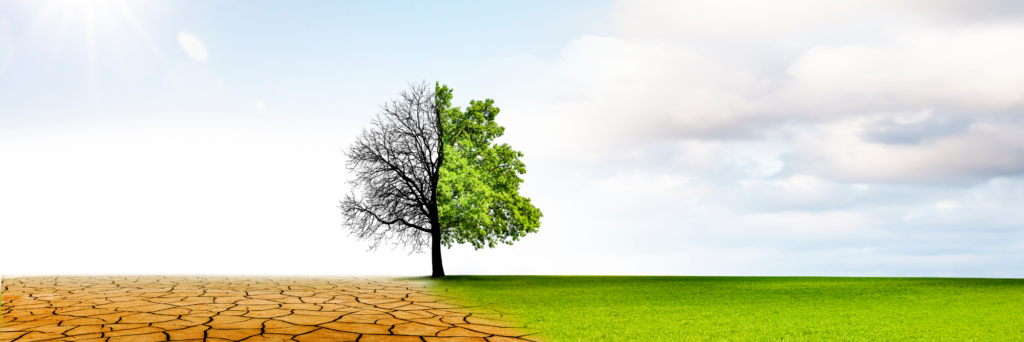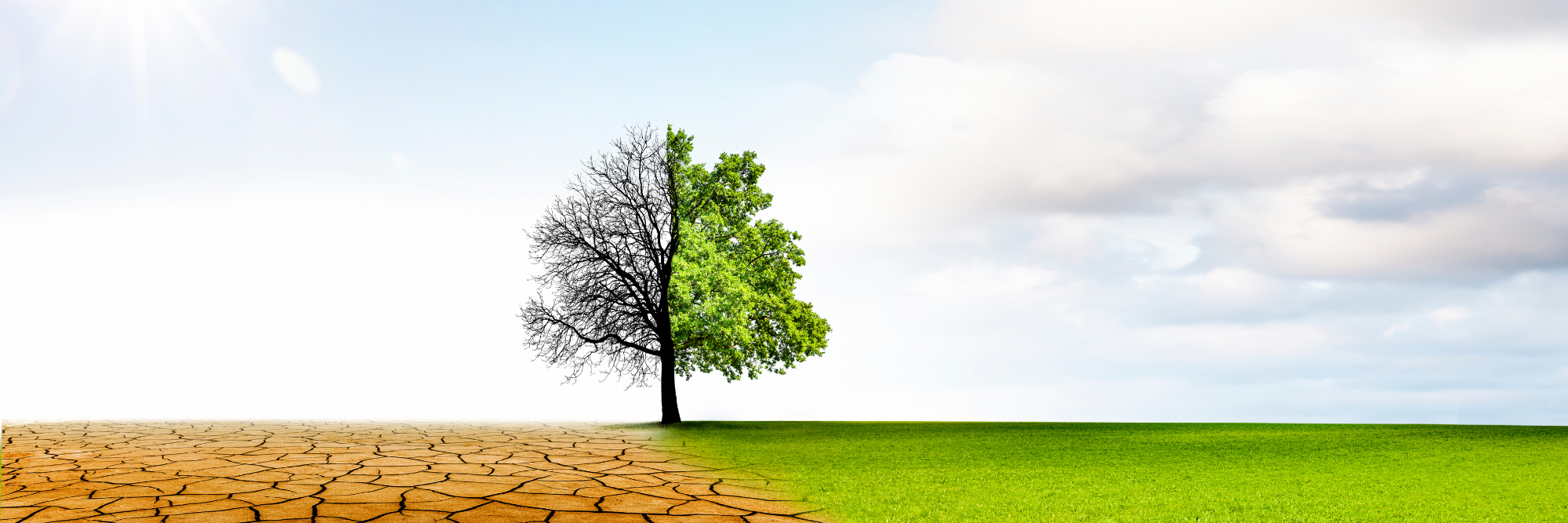Climate phenomenon El Niño is back
The expected El Niño has emerged early June, according to scientists at NOAA’s Climate Prediction Center, a division of the National Weather Service. El Niño is a natural climate phenomenon marked by warmer-than-average sea surface temperatures in the central and eastern Pacific Ocean near the equator, which occurs on average every 2-7 years. El Niño’s impacts on the climate extend far beyond the Pacific Ocean. The El Niño phenomenon is an irregular and complex weather pattern that can have a significant impact on weather patterns around the world. El Niño events are typically associated with increased rainfall in parts of southern South America, the southern United States, the Horn of Africa and central Asia. In contrast, El Niño can also cause severe droughts over Australia, Indonesia, and parts of southern Asia.
In particular, Latin America, an area where many of our growers are located, has experienced some of the most severe effects of El Niño over the past several years. These changes can have significant impacts on agriculture and infrastructure. The drought conditions that may result from the El Niño can be particularly devastating for Latin American countries that rely on agriculture. The lack of rainfall can result in crop failures, reduced yields, and higher food prices. This, in turn, can lead to increased poverty and food insecurity across the region.
On the other hand, some areas may experience extreme rainfall and flooding, which can lead to landslides and damage to infrastructure. As a result, countries across the region will need to prepare for these potential hazards and work to mitigate their effects. This includes implementing measures to increase water storage and management, developing early warning systems for floods and droughts, and investing in infrastructure that can withstand extreme weather conditions.
Individuals can also take steps to reduce their carbon footprint and mitigate the effects of climate change. By working together, we can help protect the environment for future generations.





